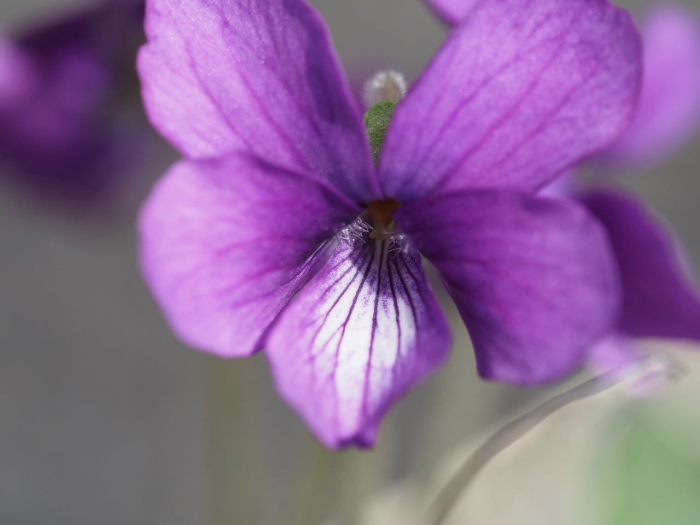Manchurian Violet
(Viola mandshurica)
Manchurian Violet (Viola mandshurica)
/
/

Yoshimasa Uchiyama
CC BY 4.0
Image By:
Yoshimasa Uchiyama
Recorded By:
Copyright:
CC BY 4.0
Copyright Notice:
Photo by: Yoshimasa Uchiyama | License Type: CC BY 4.0 | License URL: http://creativecommons.org/licenses/by/4.0/ | Rights Holder: Yoshimasa Uchiyama | Publisher: iNaturalist | Date Created: 2021-03-27T12:48:05-07:00 |















Estimated Native Range
Summary
Viola mandshurica, commonly known as Manchurian Violet, is an evergreen perennial herb native to the forest understory and grassy slopes in East Asia, particularly in regions like Korea, Japan and Taiwan. It reaches a modest height of 0.7 feet (0.2 meters) and a similar width of 0.5 feet (0.2 meters). The Manchurian Violet is characterized by its basal rosettes of heart-shaped leaves and its striking purple flowers that bloom in the spring. The flowers are showy, with a typical violet structure: five petals with the lowermost petal being the smallest and a prominent spur at the back. The plant’s rhizomatous roots are short and thick, allowing it to spread and form colonies.
This violet is valued for its low maintenance and the vibrant splash of color it brings to shady garden spots. It is often used in rock gardens, woodland gardens, and as a ground cover. Manchurian Violet thrives in part shade to full shade, prefers consistently moist, well-drained soils, and is tolerant of a range of soil types. It is not known for serious pest or disease problems, but can suffer from leaf spots or root rot if conditions are too wet. It is also relatively resistant to herbivory due to its low stature and the presence of saponins, which are toxic to many animals.CC BY-SA 4.0
This violet is valued for its low maintenance and the vibrant splash of color it brings to shady garden spots. It is often used in rock gardens, woodland gardens, and as a ground cover. Manchurian Violet thrives in part shade to full shade, prefers consistently moist, well-drained soils, and is tolerant of a range of soil types. It is not known for serious pest or disease problems, but can suffer from leaf spots or root rot if conditions are too wet. It is also relatively resistant to herbivory due to its low stature and the presence of saponins, which are toxic to many animals.CC BY-SA 4.0
Plant Description
- Plant Type: Herb
- Height: 0.3-0.6 feet
- Width: 0.25-0.5 feet
- Growth Rate: Moderate
- Flower Color: Purple
- Flowering Season: Spring
- Leaf Retention: Evergreen
Growth Requirements
- Sun: Full Sun, Part Shade
- Water: Medium
- Drainage: Slow, Medium, Fast
Common Uses
Bee Garden, Butterfly Garden, Deer Resistant, Groundcover, Low Maintenance, Street Planting
Natural Habitat
native to the forest understory and grassy slopes in East Asia, particularly in regions like Korea, Japan and Taiwan
Other Names
Common Names: Manchuria Violet, 紫花地丁, Sumire, Dōng Běi Jǐn Cài
Scientific Names: , Viola mandshurica, Viola mandshurica f. ciliata, Viola mandshurica var. glabra, Viola chinensis, Viola mandshurica var. ciliata, Viola mandshurica f. glabra, Viola albida subsp. marginata, Viola alisoviana subsp. intermedia, Viola alsioviana f. intermedia
GBIF Accepted Name: Viola mandshurica W.Becker